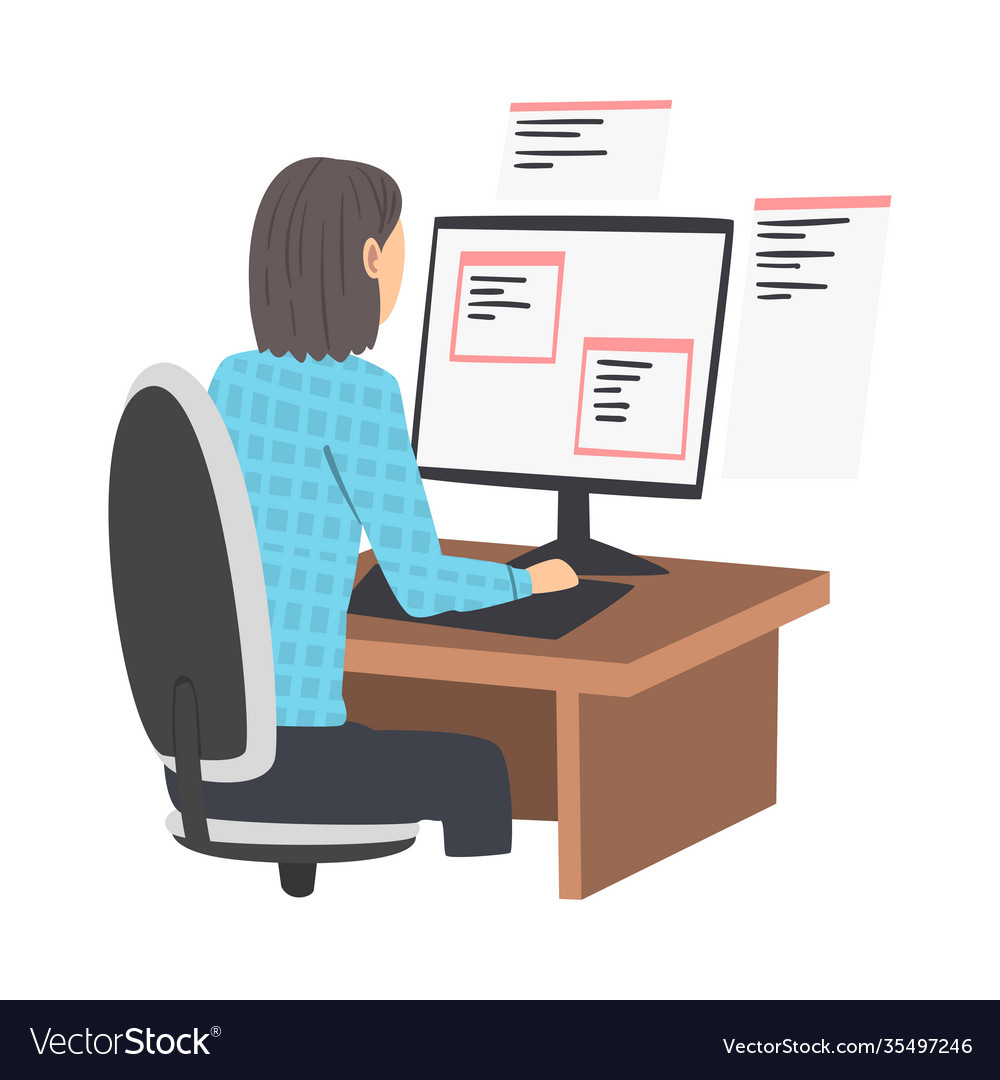Enhance Your Projects with Effective Software Development Staff Augmentation
Enhance Your Projects with Effective Software Development Staff Augmentation
Blog Article
Dedicated Developers vs. In-House Teams: Which Is Right for You?
The choice between utilizing committed programmers and preserving an in-house group is a significant one that can affect the trajectory of your projects and total service method. Conversely, in-house teams add to a cohesive business society and a nuanced understanding of long-term objectives.
Comprehending Committed Designers
The expanding need for specialized skills in the technology market has led to the emergence of devoted programmers as a viable solution for many organizations. These professionals are commonly contracted on a task basis, enabling companies to take advantage of particular expertise without the lasting commitment connected with permanent hires. Devoted designers are typically ingrained within a client's team, offering versatility and scalability to meet job needs.
This model enables companies to access a worldwide skill swimming pool, which is specifically helpful in a rapidly evolving technological landscape. Dedicated designers can be sourced from numerous geographical areas, making sure that companies can find the best skill established at competitive rates. They commonly bring a wealth of experience and knowledge, having dealt with diverse projects across various industries.
In addition, committed designers can focus specifically on the jobs handy, enhancing efficiency and effectiveness. They are geared up to integrate perfectly into existing workflows, working together carefully with in-house teams to achieve project goals. This method not just reduces the worry of employment and training however also allows organizations to continue to be agile, adjusting swiftly to transforming market needs and technical innovations.
Advantages of In-House Teams

Additionally, internal groups tend to have a much deeper understanding of the company's goal, worths, and objectives. This positioning can boost staff member engagement and motivation, as team participants feel much more linked to their job and the company's success. Furthermore, having a devoted in-house group enables far better positioning of techniques and purposes, as these participants are constantly concentrated on the firm's top priorities.
Internal teams likewise assist in quicker decision-making processes, as they can react more quickly to modifications and challenges. The well established connections and familiarity with firm procedures enable streamlined process and minimized miscommunication. Ultimately, the mix of a cohesive culture, positioning with business goals, and efficient communication makes internal teams a useful asset for lots of organizations, specifically those wanting to grow long-term development and innovation.
Price Factors To Consider
When reviewing expense factors to consider, both internal teams and devoted developers present distinct economic effects for companies. Engaging dedicated programmers usually includes a pay-per-project or hourly price version, which can be affordable for organizations with changing job needs. This technique enables adaptability in scaling sources up or down, making certain that firms just spend for the solutions they need.
On the other hand, in-house groups require fixed expenses, consisting of salaries, benefits, and overhead costs such as office and equipment. While this version provides greater control and prompt availability of resources, it may bring about higher lasting expenditures, especially if the workload does not validate a permanent team.
Moreover, firms must consider the covert expenses associated with employment and training of in-house workers, which can additionally stress budget plans. In some instances, the moment and sources spent on handling an internal group can diminish the company's core service objectives.

Project Management and Versatility
Job management and versatility are vital variables that affect the option in between dedicated designers and in-house groups. Devoted teams often have developed procedures for handling jobs efficiently, leveraging specific techniques like Agile or Scrum, which facilitate repetitive development and flexibility.

Eventually, the option between committed programmers and in-house teams depends upon the desired level of versatility and the details task administration needs. Companies need to review their operational dynamics, project intricacy, and source accessibility to figure out which alternative lines up best with their critical purposes.
Making the Right Selection
Selecting the ideal development technique-- internal groups or dedicated designers-- needs a careful analysis of various variables that line up with a company's calculated objectives. offshore software development. Initially, consider the nature of the our website project. Dedicated programmers might be more suitable if it requires specialized abilities or a quick scale-up. On the other hand, in-house teams can give much better continuity and assimilation with existing employees.
Following, assess your spending plan. Dedicated designers often provide a cost-effective option for temporary jobs, while internal teams might sustain greater lasting expenses as a result of visit this site salaries, benefits, and overhead costs. Assess the degree of control and cooperation desired; internal teams commonly promote more powerful interaction and placement with company culture.
If immediate results are essential, dedicated programmers can be onboarded quickly, whereas constructing an internal team takes time for recruitment and training. If continual advancement is crucial, investing in an internal group may produce better returns over time.
Conclusion
Finally, the choice between in-house groups and devoted designers rests on job requirements and business goals. Dedicated programmers give flexibility and specific know-how, making them ideal for short-term initiatives. Alternatively, internal teams grow a natural culture and deeper positioning with lasting goals. Careful analysis looking for web designer of spending plan restrictions, task timelines, and desired control degrees is essential for figuring out one of the most suitable approach, making certain alignment with strategic priorities and functional performance.
The decision between using committed designers and maintaining an internal team is a significant one that can affect the trajectory of your jobs and total business method.Task management and adaptability are critical aspects that influence the option in between internal teams and dedicated designers. software development partner.In contrast, in-house teams may stand out in keeping a regular job monitoring structure due to their knowledge with the company's society and long-lasting goals. Dedicated designers often provide an economical solution for temporary tasks, while in-house teams might incur greater lasting expenses due to salaries, advantages, and overhead prices.In verdict, the choice between in-house teams and committed developers pivots on job requirements and business objectives
Report this page